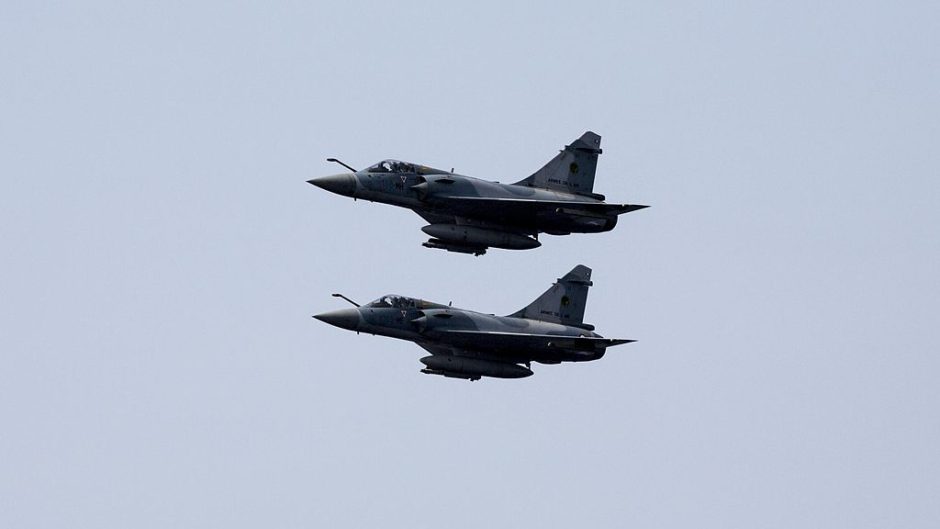Does anyone still remember the Lavi?
In case you’ve forgotten, the Lavi was a new-generation, high-performance made-in-Israel fighter aircraft that would have been the workhorse of the Israeli Air Force had it been approved for mass production in the 1980s.
“It began as a project to provide Israel with an attack jet for the twenty-first century, and evolved to become a binational program, deeply involving the American and Israeli (aircraft) industry and American and Israeli politics,” writes John W. Golan in Lavi: The United States, Israel, and a Controversial Jet (University of Nebraska Press). “Ultimately, it would perish amid the harsh fiscal realities of the latter 1980s.”
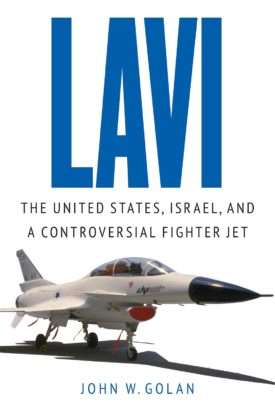
Conceived in the 1970s as a hedge against unreliable arms suppliers, such as France, the Lavi would be the largest weapons development program in Israeli history, says Golan, a designer, structural analyst and engineering manager in the U. S. aerospace industry.
Before it was unceremoniously scrapped in the summer of 1987, it had become “a symbol of Israeli technical excellence and pride, proof that Israel, a nation the size of the state of New Jersey, could produce an achievement on par with some of the largest industrial powers in the world.”
He adds, “Viewed in terms of its percentage of Israel’s gross national product, the Lavi program was a more monumental undertaking for a small nation like Israel than the moon shots of the 1960s had been for the United States.”
The Lavi was a byproduct of the 1967 Six Day War.
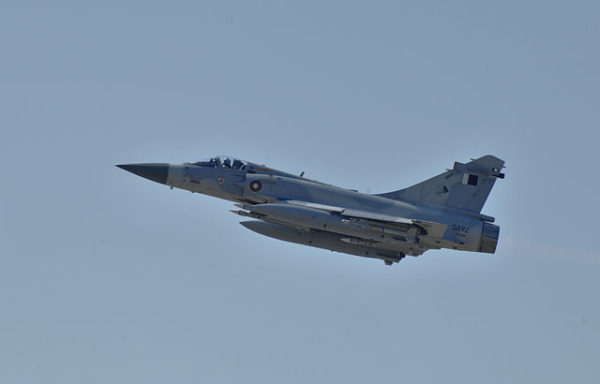
Shortly after its eruption, President Charles de Gaulle of France, annoyed by Israel’s preemptive air and land strikes against Egypt, imposed an arms embargo on Israel, denying it 50 Mirage 5 fighters and a dozen missile patrol boats, all of which had been paid for.
“The loss of the French warplanes and missile boats came as a severe loss to the Israeli armed forces,” writes Golan. “Although the United States would eventually step in as Israel’s principal arms supplier, the (Israeli Air Force) was left with no immediate replacements for lost or damaged fighters and without a source of spare parts for the ones that (it) already had. The memory of this betrayal would be etched deep in the minds of those Israeli officers who, decades later, would champion and oversee, the development of the Lavi.”

As Golan points out, France was not the only European country to renege on an arms deal with Israel in the wake of that war. Britain backed out of an agreement to sell its main battle tank, the Chieftain, to Israel.
With France and Britain having blindsided Israel, the Israeli government resolved not to be held hostage ever again to the politics of a foreign power.
By stealth, Israel managed to acquire the missile boats. Israel also acquired the blueprints of the Mirage 5‘s engine. Dassault Aviation, which manufactured the Mirage 5, continued to send Israel aircraft components, assembly jigs and even blueprints. Israel was thus able to build the Nesher, a carbon copy of the Mirage 5 with minor changes, and then the improved Kfir, which was put into service during the 1973 Yom Kippur War.
“The Kfir was but one example of Israel’s drive for arms independence,” says Golan. “Others included the Merkava main battle tank, the Saar 4 missile boat, the Gabriel anti-shipping missile and the Shafrir 2 and Python 3 air-to-air missiles.”
In 1978, Israel’s then defence minister, Ezer Weizman, directed Israel Aircraft Industries to come up with a small, single-engined airplane to supplant the Kfir. Moshe Arens — the chairman of the Knesset’s Foreign Affairs and Defence Committee, an aeronautical engineer and a future defence minister — advocated the development of a more sophisticated plane. What he envisaged was an aircraft equal or superior to the F-15 or F-16, both of which were American jets.
By that point, the Israeli Air Force, the strongest in the region, could deploy 550 combat aircraft, most notably the U.S. built F-4E Phantom and the A-4 Skyhawk.
Israel’s defence relationship with the United States began in the early 1960s, when the Kennedy administration authorized the sale of Hawk anti-aircraft missile batteries. Until that juncture, the United States had observed a strict embargo on arms sales to Israel. Subsequently, Israel bought A-4 Skyhawks and F-4E Phantoms from the Americans.
But even the United States could not always be counted on, says Golan. During the Yom Kippur War, replenishments sought by Israel were delayed for political reasons. “The (1973) war was one more example of the hazards of dependency,” he notes.
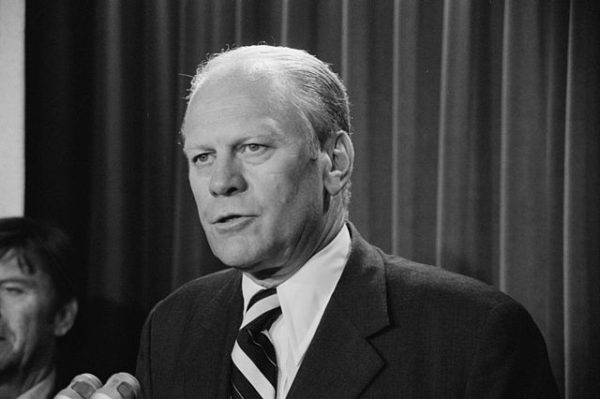
And in 1976, in response to Israeli recalcitrance regarding a withdrawal from the Sinai Peninsula, President Gerald Ford announced that American policy toward Israel would be subject to a “reassessment.”
By then, the United States was virtually Israel’s exclusive source of weaponry, a situation that left some Israeli decision-makers uncomfortable. As Golan puts it, “Dependence on American arms always carried a price. Sometimes the price was the acceptance of American policy goals …”
Despite such misgivings, Israel ordered more than 250 F-16s from the Americans in 1977. Three years later, Israel announced that the Lavi — lion in Hebrew — would be developed. It would be a long-range, multi-role strike fighter incorporating Israeli and American technology and American and Israeli funding.
“The Lavi would truly be a joint venture,” says Golan, pointing out that 40 percent of its components and subsystems would be manufactured in the United States.
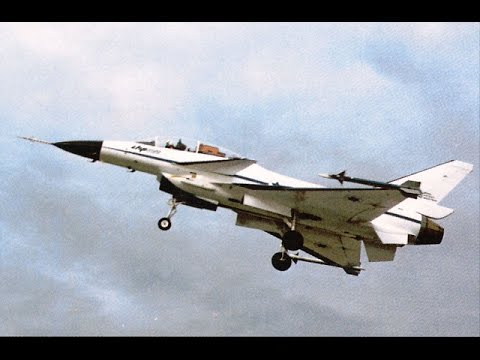
Expected to replace Israel’s fleet of A-4 Skyhawks and Kfir fighters, the first Lavi was due to be delivered for operational service in January 1988. Three hundred would be produced at the rate of about 40 annually. The flyaway cost of each plane was initially pegged at $10.8 million in 1982 dollars, but development and tooling costs would be about $1.5 billion.
The Lavi program was supported by Shimon Peres and Yitzhak Shamir, the leaders of Israel’s two largest political parties, Labor and Likud, and by the chief of staff of the armed forces and the commander of the air force, Moshe Levi and Amos Lapidot. But the minister-without-portfolio, Ezer Weizman, and the finance minister, Yitzhak Modai, were vocal opponents.
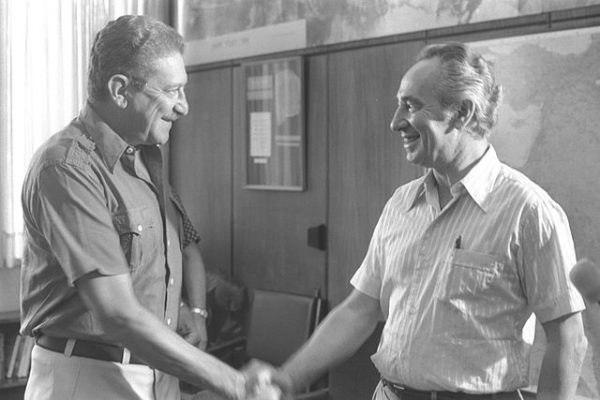
Levi’s successor, Dan Shomron, and Shomron’s deputy, Ehud Barak, had reservations concerning the price tag. The new commander of the air force, Avihu Ben-Nun, was a critic as well. Eventually, the new defence minister, Yitzhak Rabin, voiced concerns too.
“Israel had several weapons and modernization programs beyond the Lavi that would also demand significant financial resources,” Golan explains, citing the Saar 5 program and the cost of purchasing three submarines and hundreds of Merkava tanks.
In short, Israel could not afford the Lavi.
Caspar Weinberger, the U.S. secretary of defence, was an opponent too. Cost was not his sole consideration. “On numerous occasions, Weinberger’s own strategic vision, emphasizing closer U.S. relations with the Arab world, had run afoul of Israel’s supporters in the United States,” says Golan.
A major American weapons manufacturer, Northrop, was also critical, claiming the Lavi would compete with the F-16 for export sales and thus eliminate up to 6,000 American jobs.
On August 31, 1987, the Israeli government officially cancelled the Lavi program by a margin of 12-11, with one abstention, in cabinet. Shimon Peres, having changed his mind about the Lavi due to soaring costs, voted against the motion. Moshe Arens, the defence minister, called the decision a “tragic, stupid mistake.”
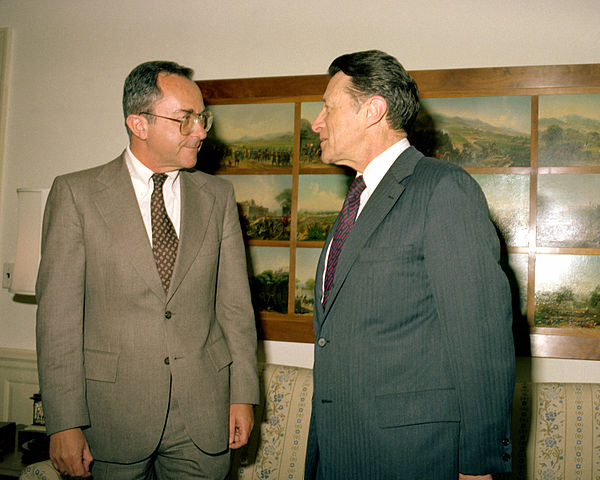
Nearly 30 years on, the Lavi program has been forgotten by most Israelis. But, as Golan observes, “the cancellation left Israel without a fighter-production capability and vulnerable once again to the fickle winds of foreign politics.”
